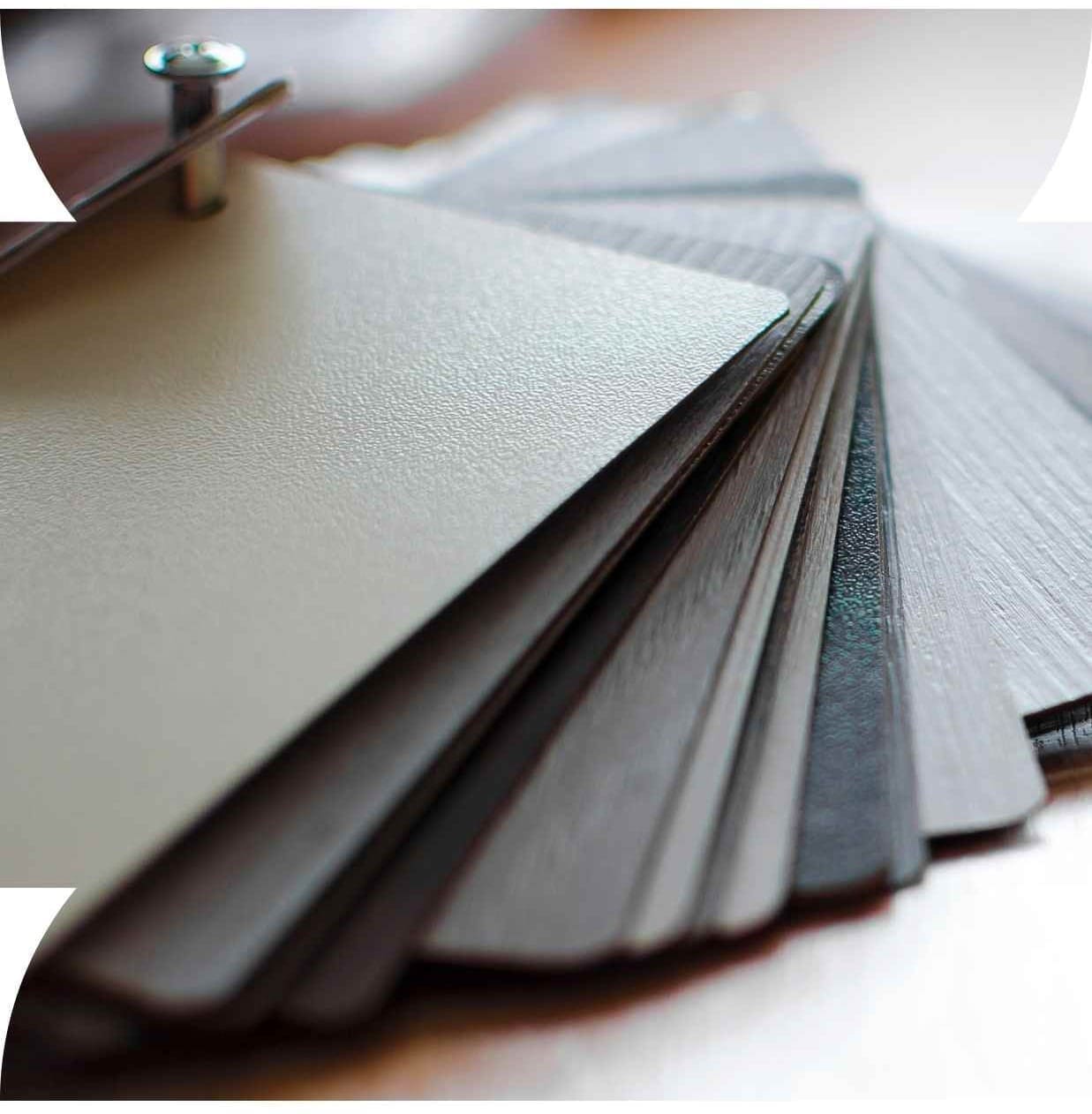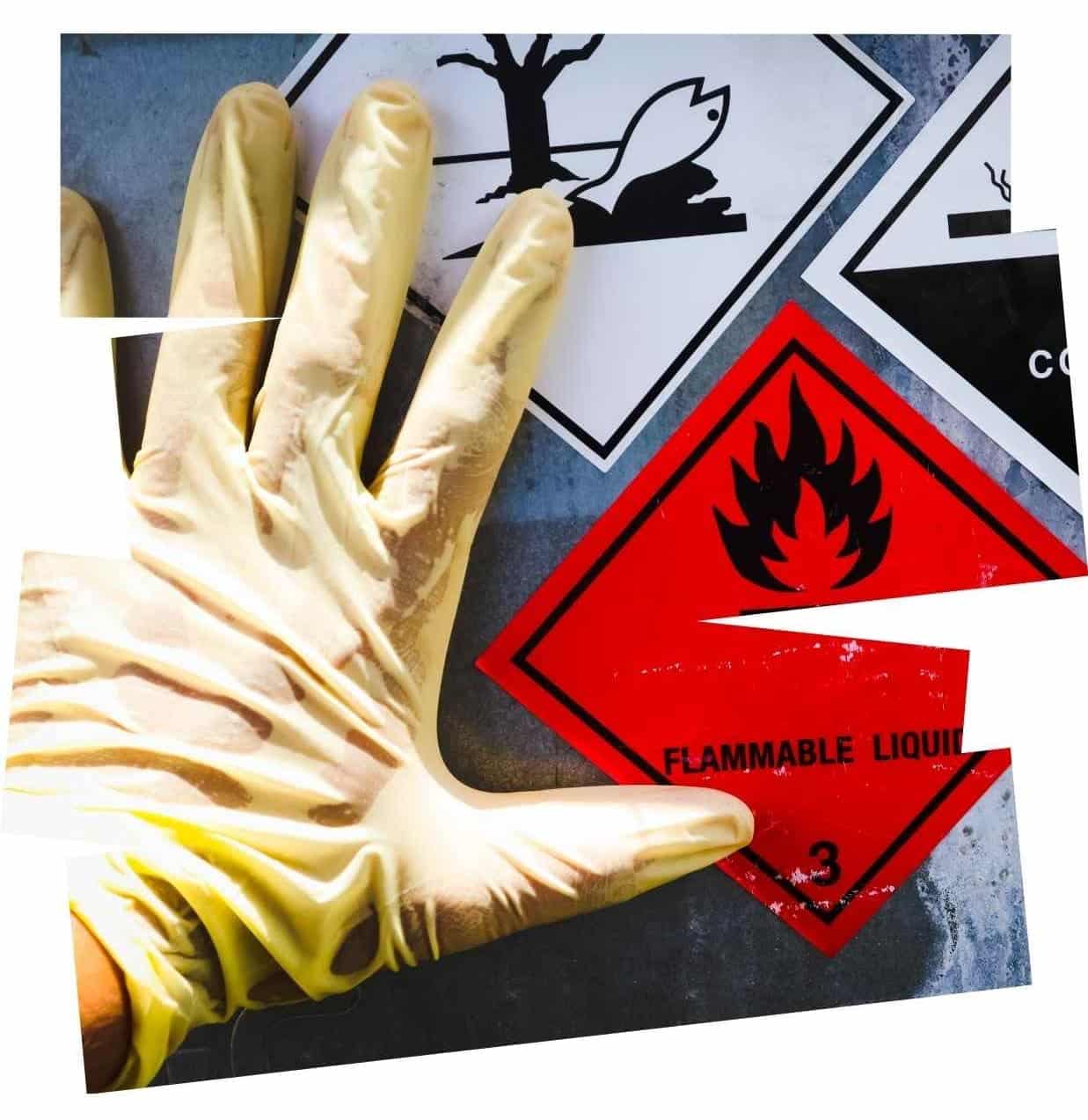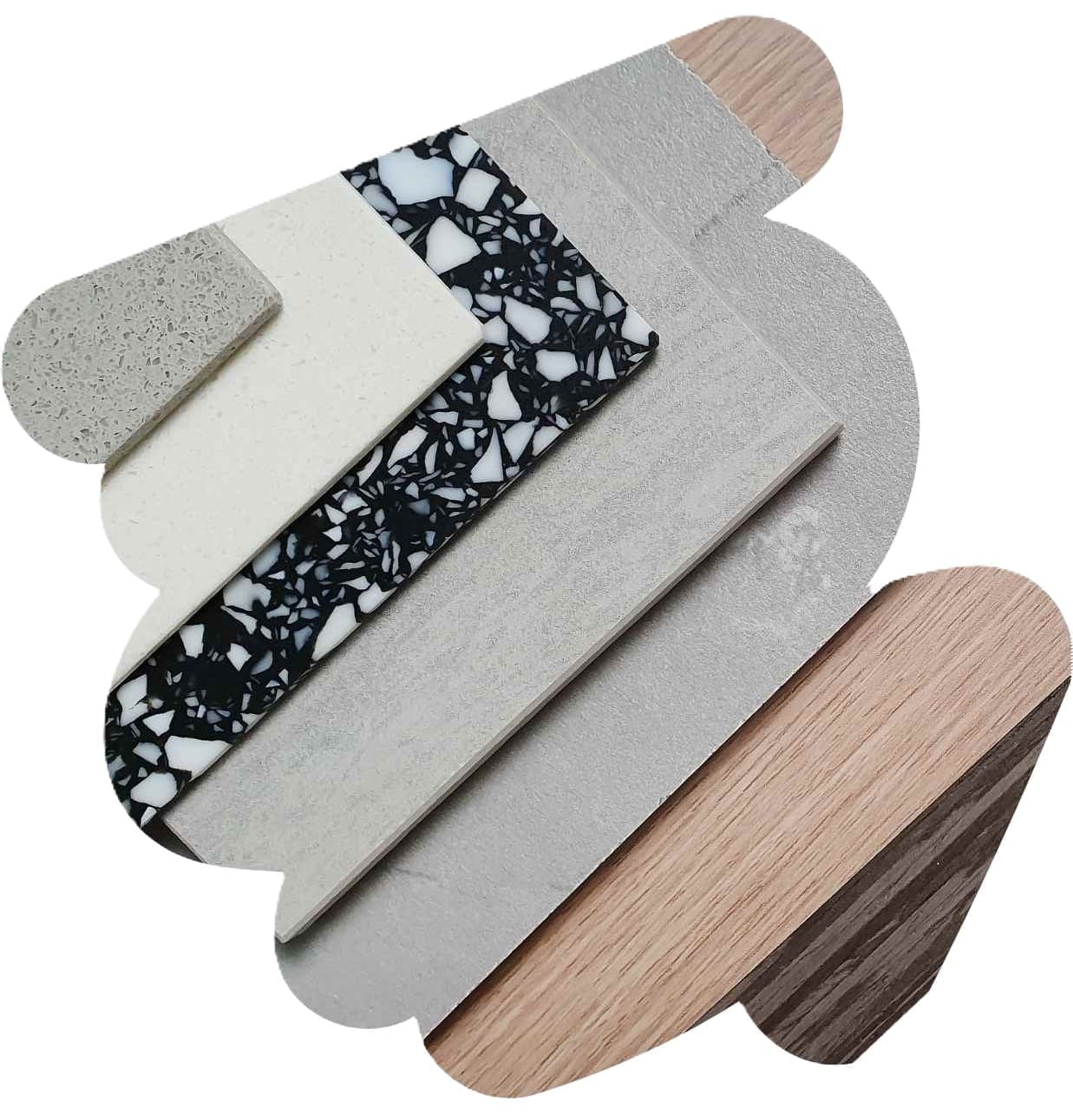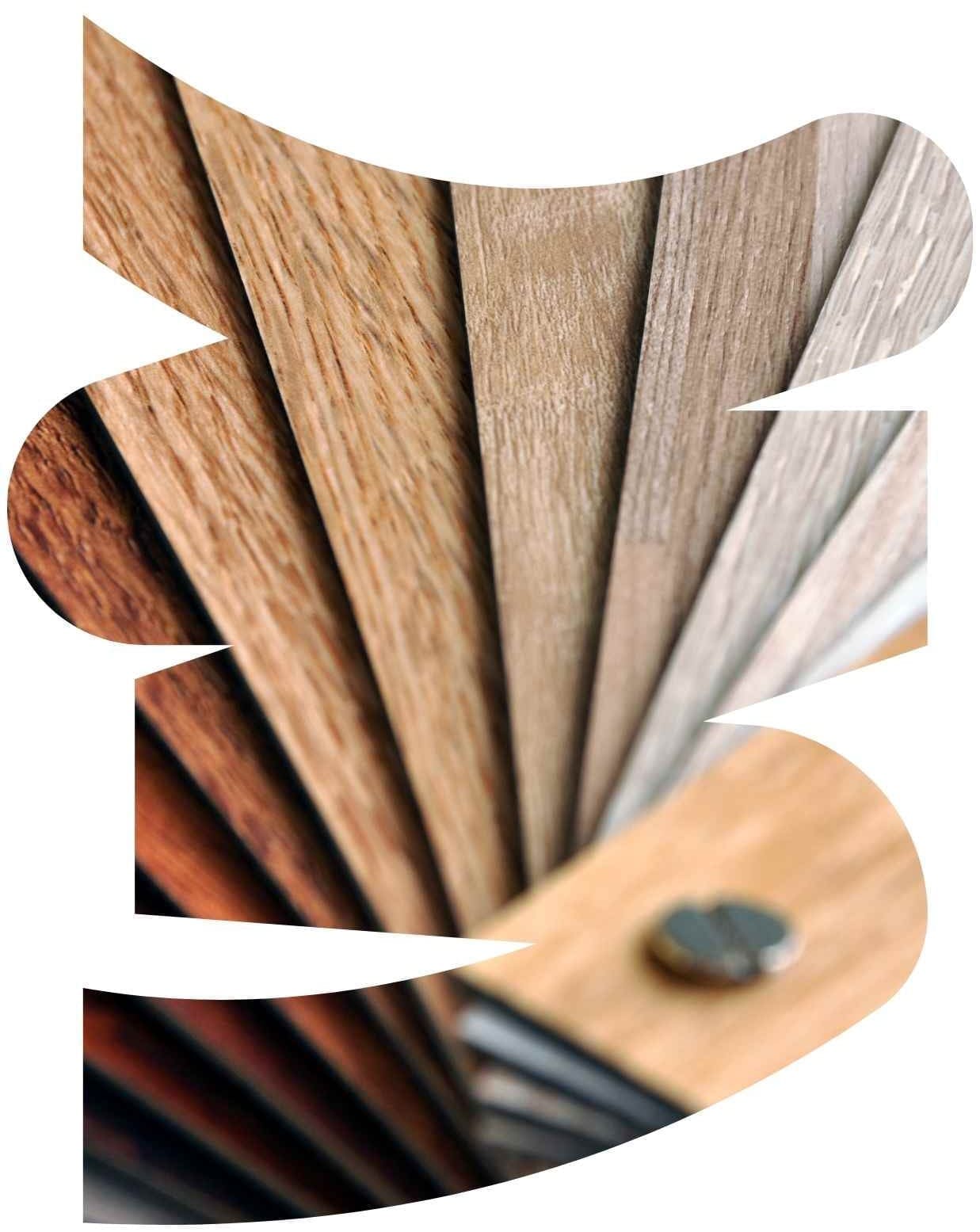
Exploring the Evolution of Cladding: From Innovation to Crisis
In the realm of construction, cladding has long been hailed as a versatile solution for enhancing the aesthetics and functionality of buildings. However, the narrative surrounding cladding has undergone a significant transformation in recent years, particularly following the devastating Grenfell Tower fire in 2017. This tragedy not only exposed the potential dangers associated with certain types of cladding but also prompted a widespread re-evaluation of regulatory frameworks and industry practices.
Understanding the Emergence of Cladding as an Issue
Cladding, which refers to the application of materials to the external surfaces of buildings, serves various purposes, including weatherproofing, insulation, and decorative enhancement. Its use became increasingly popular in the latter half of the 20th century, driven by advancements in construction techniques and the desire for more efficient building envelopes.
However, it wasn’t until the Grenfell Tower fire that the spotlight shifted dramatically onto the safety implications of cladding materials. The blaze, which claimed 72 lives and left hundreds homeless, was fuelled by combustible cladding panels installed during a refurbishment project. This tragedy served as a stark wake-up call, highlighting the urgent need for stricter regulations and greater scrutiny of building materials.
Unveiling the Cladding to Avoid – safe cladding materials
In the aftermath of the Grenfell Tower fire, authorities and industry experts began reassessing the safety of various cladding materials. Certain types of cladding, particularly those containing highly flammable components such as polyethylene or polyurethane, came under intense scrutiny. These combustible materials posed a significant fire risk, especially when installed on high-rise structures where fire can spread rapidly.
According to PlanRadar, it is crucial for builders and developers to avoid using cladding products that incorporate these hazardous substances. Instead, opting for non-combustible alternatives can significantly reduce the risk of fire-related incidents and enhance overall safety.

Cladding: Regulatory Responses

In response to the Grenfell Tower tragedy and growing concerns over combustible cladding, governments around the world have implemented various regulatory measures aimed at mitigating risks and improving building safety standards. In 2018, the New South Wales (NSW) Fair Trading agency in Australia took decisive action by imposing a ban on certain types of aluminium composite panels (ACPs) with a core comprised of polyethylene.
According to NSW Fair Trading, the ban applies to ACPs with a core composition exceeding 30% polyethylene. This regulatory intervention aims to prevent the use of potentially hazardous cladding materials and enhance the safety of buildings across the state.
Examining Cladding Used on Grenfell Tower
The Grenfell Tower fire brought attention to the specific type of cladding that contributed to the rapid spread of the inferno. One of the products identified in the investigation was the Reynobond PE cladding panels, which featured a polyethylene core. This highly flammable material facilitated the vertical propagation of the fire, engulfing the building within minutes.
As highlighted by Wikipedia, the use of combustible cladding materials, such as Reynobond PE, underscored the need for stricter regulations and heightened vigilance within the construction industry. The Grenfell Tower tragedy serves as a poignant reminder of the devastating consequences that can arise from inadequate fire safety measures and the use of inappropriate building materials.
Navigating the Landscape of Cladding Materials: What Works and What Doesn’t
As the construction industry grapples with the aftermath of the Grenfell Tower fire and strives to enhance building safety standards, the choice of cladding materials has become a pivotal consideration for architects, developers, and regulatory authorities alike. In this section, we delve into the characteristics of cladding materials to avoid and highlight alternatives that prioritise safety and durability.
Identifying Hazardous Cladding Materials – safe cladding materials
When it comes to selecting cladding materials, it’s essential to steer clear of products that pose inherent fire risks. As noted by industry experts, cladding panels containing combustible components such as polyethylene or polyurethane should be avoided at all costs. These materials have been implicated in several high-profile fires, including the Grenfell Tower tragedy, where they contributed to the rapid spread of flames and exacerbated the severity of the blaze.
According to PlanRadar, cladding panels with mineral compounds or non-combustible cores offer a safer alternative, as they are less susceptible to ignition and significantly impede the spread of fire. Prioritising the use of non-combustible materials can help mitigate fire-related risks and enhance the overall safety of buildings, particularly those with multiple occupancy or high-rise configurations.
Understanding Regulatory Bans on Hazardous Cladding – safe cladding materials
In response to the proliferation of combustible cladding materials and the associated safety concerns, regulatory bodies have enacted bans aimed at restricting their use in construction projects. For instance, the New South Wales (NSW) Fair Trading agency implemented a ban on certain types of aluminium composite panels (ACPs) with a core composition exceeding 30% polyethylene, as highlighted by NSW Fair Trading.
These regulatory interventions underscore the importance of prioritising building safety and compliance with established standards. By adhering to bans on hazardous cladding materials, builders and developers can contribute to the creation of safer built environments and mitigate the risk of catastrophic fire incidents.

Exploring Alternatives to Hazardous Cladding – safe cladding materials

In the quest for safer and more resilient building materials, architects and developers are increasingly turning to alternative cladding solutions that prioritise fire resistance and durability. One such alternative gaining traction is fibrous cement cladding, which offers excellent fire resistance properties and is resistant to moisture, rot, and pests.
Fair Trading NSW recommends fibrous cement cladding as a viable option for external wall applications, particularly in high-risk settings where fire safety is paramount. Its non-combustible nature and resilience to environmental factors make it an attractive choice for builders seeking to enhance both safety and longevity in their projects.
Evaluating the Best Cladding Practices – safe cladding materials
In light of evolving regulatory landscapes and heightened awareness of fire safety considerations, it’s imperative for stakeholders in the construction industry to prioritise the selection of cladding materials that meet stringent safety standards. By avoiding hazardous materials, adhering to regulatory bans, and embracing alternatives such as fibrous cement cladding, builders can play a pivotal role in safeguarding lives and property against the devastating impact of fire incidents.
Navigating Towards Optimal Building Safety: Choosing the Best Cladding Materials – safe cladding materials
As the discourse surrounding cladding safety continues to evolve in the wake of tragic incidents like the Grenfell Tower fire, it’s imperative for stakeholders in the construction industry to prioritise the selection of cladding materials that offer the highest levels of safety and resilience. In this final section, we delve into the characteristics of the best cladding materials and offer practical insights for ensuring optimal building safety.
Identifying Characteristics of Safe Cladding Materials
Safe cladding materials exhibit several key characteristics that contribute to enhanced building safety and resilience.
These include:
1. Non-combustibility – safe cladding materials:
Opt for cladding materials that are inherently non-combustible or have minimal combustible content. This reduces the risk of fire ignition and propagation, minimising the potential for catastrophic outcomes in the event of a fire.
2. Fire Resistance – safe cladding materials:
Choose cladding materials with excellent fire resistance properties, capable of withstanding exposure to high temperatures without igniting or contributing to the spread of flames. Materials such as fibrous cement and metal cladding often exhibit superior fire resistance compared to combustible alternatives.
3. Durability – safe cladding materials:
Prioritise cladding materials that are durable and resistant to environmental factors such as moisture, UV radiation, and corrosion. Durable cladding materials require minimal maintenance and retain their structural integrity over the long term, contributing to the overall longevity of the building envelope.
4. Compliance with Regulatory Standards – safe cladding materials:
Ensure that selected cladding materials comply with relevant regulatory standards and guidelines pertaining to fire safety and building performance. Adhering to established standards helps mitigate risks and ensures compliance with legal requirements.

Exploring the Best Cladding Materials

Several cladding materials stand out as top choices for enhancing building safety and resilience:
1. Fibrous Cement Cladding – safe cladding materials:
Fibrous cement cladding offers excellent fire resistance and durability, making it a popular choice for external wall applications. It is non-combustible, resistant to moisture and pests, and requires minimal maintenance, making it an ideal option for high-risk settings.
2. Metal Cladding – safe cladding materials:
Metal cladding, such as steel or aluminium, is prised for its strength, durability, and fire resistance properties. It is available in a variety of finishes and profiles, allowing for versatile design options while ensuring superior performance in terms of fire safety and structural integrity.
3. Brick Cladding – safe cladding materials:
Brick cladding provides both aesthetic appeal and robust performance, offering inherent fire resistance and durability. It is a timeless choice for building exteriors, offering thermal insulation properties and standing the test of time against environmental wear and tear.
Implementing Best Practices for Cladding Installation
In addition to selecting the right cladding materials, proper installation practices are crucial for ensuring optimal building safety. Builders and contractors should adhere to industry best practices and manufacturer guidelines when installing cladding systems, ensuring proper detailing, weatherproofing, and fire sealing to minimise the risk of fire spread and water ingress.
By prioritising the selection of safe and resilient cladding materials, adhering to regulatory standards, and implementing best practices for installation, stakeholders in the construction industry can contribute to the creation of safer built environments and mitigate the risk of catastrophic fire incidents.
As the construction industry continues to evolve and adapt to emerging challenges, the quest for optimal building safety remains an ongoing priority. By staying informed, embracing innovation, and prioritising safety at every stage of the building process, we can collectively work towards a future where buildings are not only aesthetically pleasing but also safe, resilient, and sustainable for generations to come.
FAQ
1. What are safe cladding materials?
Safe cladding materials are those designed to minimise fire risks and enhance building safety. These materials typically include non-combustible options like fibrous cement and metal cladding, which do not contribute to fire spread.
2. Why is it important to avoid hazardous cladding?
Avoiding hazardous cladding is crucial because these materials, such as those containing polyethylene or polyurethane, can significantly increase fire risks. Choosing safe cladding materials helps protect occupants and prevents catastrophic fire incidents.
3. What types of cladding material are considered hazardous?
Hazardous cladding typically includes materials like aluminium composite panels (ACPs) with a polyethylene core. These materials have been linked to rapid fire spread, as seen in incidents like the Grenfell Tower fire.
4. How can I identify safe cladding materials for my project?
To identify safe cladding materials, look for products that are non-combustible, have excellent fire resistance, and comply with local building regulations. Consulting with experts can also provide guidance on selecting the right cladding material.
5. What regulations address the use of hazardous cladding?
Many regions have implemented regulations to restrict the use of hazardous cladding. For example, New South Wales has banned certain ACPs with high polyethylene content, promoting the use of safe cladding materials that meet safety standards.
6. Are there alternatives to hazardous cladding materials?
Yes, alternatives to hazardous cladding materials include fibrous cement, metal cladding, and brick cladding. These materials provide better fire resistance and durability while ensuring compliance with safety regulations.
7. What are the benefits of using safe cladding materials?
Safe cladding materials enhance fire safety, reduce maintenance needs, and improve building longevity. They also help in maintaining compliance with evolving building codes, which prioritise occupant safety.
8. How does hazardous cladding impact insurance for buildings?
Buildings with hazardous cladding may face higher insurance premiums or challenges in obtaining coverage. Insurers are increasingly cautious about properties using unsafe cladding materials, emphasising the importance of selecting safe options.
9. What role do architects play in selecting cladding material?
Architects are crucial in selecting cladding material, ensuring that it meets aesthetic, functional, and safety requirements. They help identify safe cladding materials while adhering to local regulations and codes.
10. Can I retrofit existing buildings with safe cladding materials?
Yes, retrofitting existing buildings with safe cladding materials is possible. This process can improve fire safety and comply with updated building regulations, making the building safer for occupants.
11. How do I ensure proper installation of cladding materials?
Ensuring proper installation of cladding materials involves adhering to manufacturer guidelines, industry best practices, and local building codes. Proper detailing, weatherproofing, and fire sealing are critical to maximising safety.
12. What is the future of cladding material in construction?
The future of cladding material in construction will likely emphasise increased safety and sustainability. Innovations in materials will continue to focus on developing safe cladding materials that enhance fire resistance while meeting aesthetic demands.
Thank you for your visit, and welcome to the construction home
